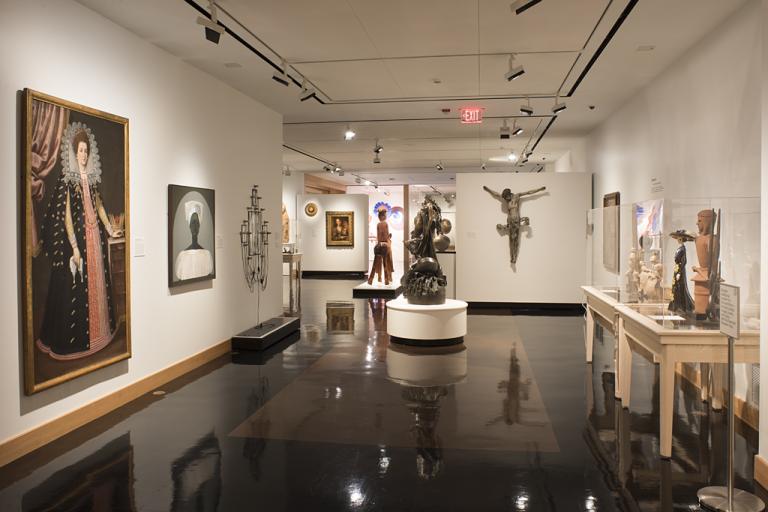Madonna and Child, Cenni di Francesco di Ser Cenni
Artwork Overview
Cenni di Francesco di Ser Cenni, artist
active 1369–1415
Madonna and Child,
circa 1410–1415
Where object was made: Florence, Republic of Florence (present-day Italy)
Material/technique: panel; tempera; gold leaf
Dimensions:
Canvas/Support (Height x Width x Depth): 72.4 x 55.3 cm
Canvas/Support (Height x Width x Depth): 28 1/2 x 21 3/4 in
Frame Dimensions (Height x Width x Depth): 35 3/4 x 27 13/16 in
Canvas/Support (Height x Width x Depth): 72.4 x 55.3 cm
Canvas/Support (Height x Width x Depth): 28 1/2 x 21 3/4 in
Frame Dimensions (Height x Width x Depth): 35 3/4 x 27 13/16 in
Credit line: Gift from the Samuel H. Kress Study Collection
Accession number: 1960.0046
On display: Kress Gallery
If you wish to reproduce this image, please submit an image request







